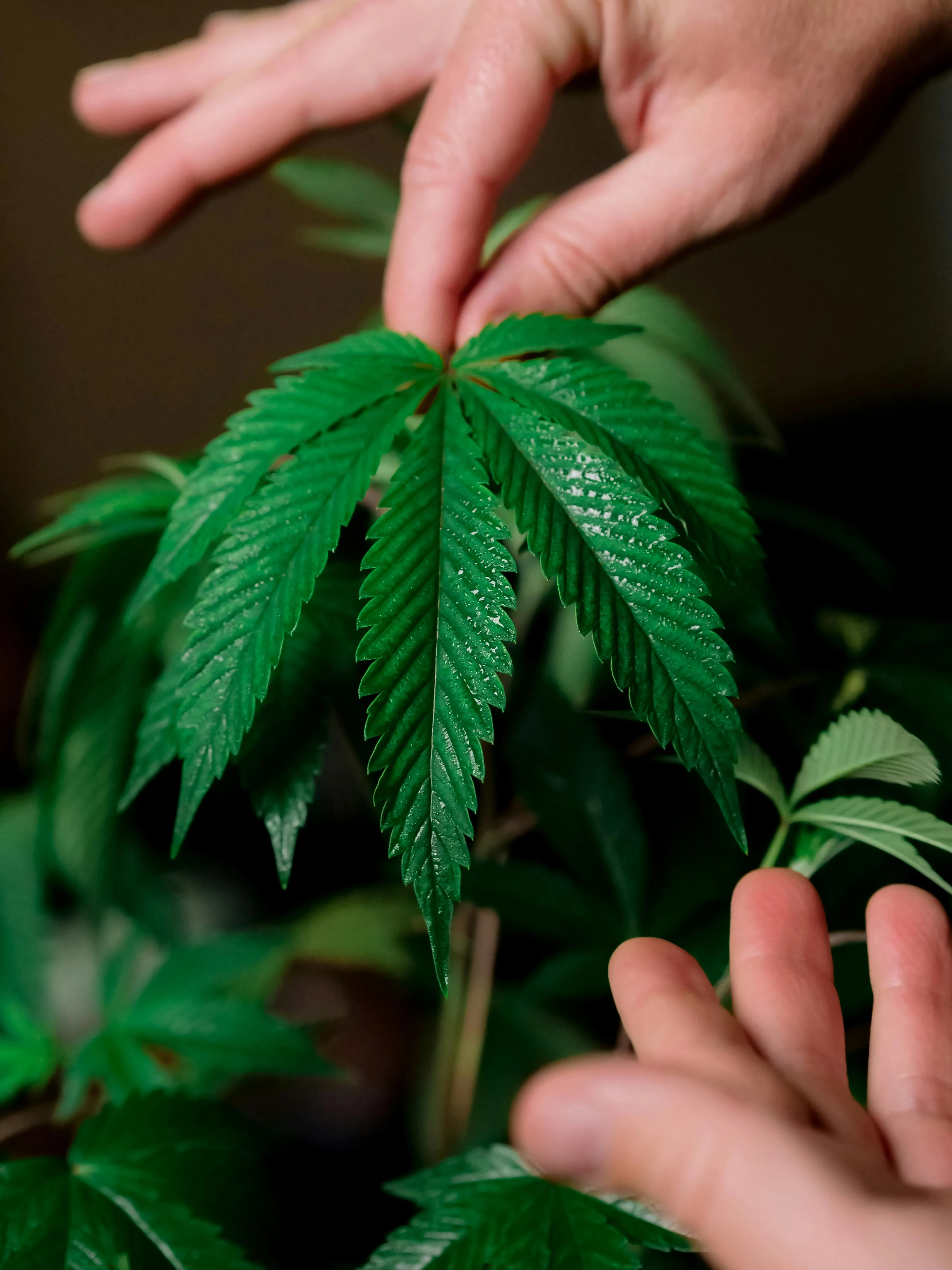Unearthing the Perfect Seeds: A Beginner’s Guide to Seed Sourcing
Ready to embark on the exciting journey of growing your own food or flowers? One of the first and most important steps is choosing the right seeds. But with so many options out there, it can feel overwhelming! Fear not, fellow green thumb enthusiasts, this guide will walk you through everything you need to know about sourcing seeds for a successful and bountiful garden.
1. Identify Your Gardening Goals:
Before diving into seed catalogs and websites, take a moment to reflect on what you want to achieve in your garden. Are you dreaming of vibrant sunflowers, juicy tomatoes, or fragrant herbs? Knowing what you want to grow will help narrow down your choices and ensure you select seeds suited to your climate and gardening style.
2. Choose Your Seed Source:
There are several avenues for acquiring seeds, each with its own advantages:
* Seed Companies: Reputable seed companies offer a wide variety of seeds, often categorized by type (vegetables, flowers, herbs), maturity dates, and even disease resistance. Many have detailed descriptions, growing instructions, and customer reviews to guide your decision-making. Popular choices include Johnny’s Selected Seeds, Baker Creek Heirloom Seeds, Burpee, and Territorial Seed Company.
* Local Nurseries & Garden Centers: Visiting your local nursery allows you to see the seeds firsthand, chat with knowledgeable staff, and often find unique varieties specific to your region. Plus, supporting local businesses is always a win!
* Seed Libraries: Community-based seed libraries are popping up across the country, offering free or low-cost access to seeds saved by fellow gardeners. These libraries promote biodiversity and connect you with a network of passionate growers.
* Saving Your Own Seeds: For the truly dedicated gardener, saving seeds from your own plants is a rewarding practice that allows you to perpetuate your favorite varieties and adapt them to your specific environment.
3. Consider Seed Type:
Seeds come in different forms:
* Hybrid Seeds: Bred for specific traits like disease resistance or yield, hybrid seeds produce uniform results but don’t reliably reproduce true to type when saved.
* Open-Pollinated Seeds (OP): These seeds are naturally pollinated and will generally produce offspring similar to the parent plant. Saving OP seeds allows you to create a sustainable seed supply for future seasons.
* Heirloom Seeds: A subset of open-pollinated seeds, heirlooms have been passed down through generations and often boast unique flavors and characteristics.
4. Check Seed Freshness & Viability:
Seeds lose viability over time, so check the “pack date” on seed packets. Fresher seeds generally have higher germination rates. Many seed companies provide detailed information about expected germination percentages. Consider purchasing smaller quantities if you’re unsure about long-term storage or are experimenting with new varieties.
5. Read the Fine Print:
Pay attention to the details on seed packets, including:
* Days to Maturity: This indicates how long it takes for your plants to reach harvest. Choose varieties that align with your growing season length.
* Spacing & Depth: Proper spacing and planting depth are crucial for healthy growth. Follow the recommendations on the packet.
* Growing Conditions: Some seeds require specific conditions like full sun, partial shade, or well-drained soil. Make sure you can provide the optimal environment for your chosen plants.
6. Experiment and Explore:
Don’t be afraid to try different varieties and seed sources! Gardening is a journey of learning and discovery. Keep track of what works well in your garden and what doesn’t, and enjoy the process of finding your own unique seed selections.
Happy Planting!